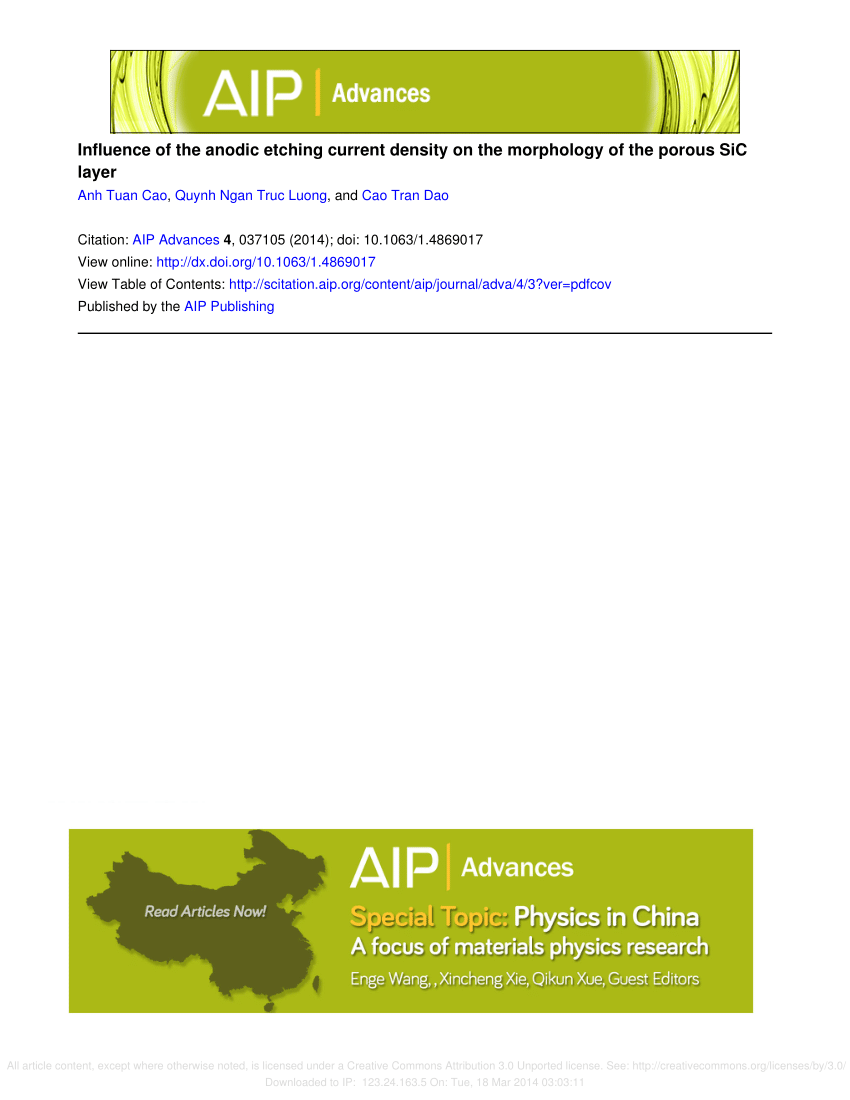带尘埃粒子的放电电流振荡实验研究
IF 1.4
4区 物理与天体物理
Q4 MATERIALS SCIENCE, MULTIDISCIPLINARY
引用次数: 0
摘要
我们对带有多分散氧化铝尘粒的平面阴极等离子体中的放电电流振荡进行了详细的实验研究。振荡的主频取决于放电电压、工作压力和阴极上灰尘颗粒的数量。主频的幂律变化随不同的外部操作参数而变化。实验观察表明,产生这些振荡的主要机制是阴极点注入亚微米级尘埃粒子。阴极点还有助于产生微尘颗粒。分散在阴极上的尘埃粒子密度的阈值极限表明,在阈值极限以下,耗尽电子的细小粒子起着重要作用,并导致自激振荡的产生。在阈值极限以上运行时,观察到稳定的尘埃云,同时自激振荡被抑制。本文章由计算机程序翻译,如有差异,请以英文原文为准。
Experimental study of discharge current oscillations with dust particles
We present a detailed experimental study of discharge current oscillations in a planar cathode plasma with poly-dispersed alumina dust particles. The dominant frequency of oscillation depends on the discharge voltage, operating pressure, and amount of dust particles placed on the cathode. The power-law variation in the dominant frequency with different external operating parameters is presented. Experimental observations suggest that the dominant mechanism behind the generation of these oscillations is the cathode spot injection of sub-micron-sized dust particles. The cathode spots also aid in the generation of fine dust particles. The threshold limit on dust particle density dispersed on the cathode suggests that below the threshold limit, the fine particles depleting the electrons play an important role and lead to the generation of self-excited oscillations. Operating above the threshold limit, a stable dust cloud was observed together with the suppression of self-excited oscillations.
求助全文
通过发布文献求助,成功后即可免费获取论文全文。
去求助
来源期刊

AIP Advances
NANOSCIENCE & NANOTECHNOLOGY-MATERIALS SCIENCE, MULTIDISCIPLINARY
CiteScore
2.80
自引率
6.20%
发文量
1233
审稿时长
2-4 weeks
期刊介绍:
AIP Advances is an open access journal publishing in all areas of physical sciences—applied, theoretical, and experimental. All published articles are freely available to read, download, and share. The journal prides itself on the belief that all good science is important and relevant. Our inclusive scope and publication standards make it an essential outlet for scientists in the physical sciences.
AIP Advances is a community-based journal, with a fast production cycle. The quick publication process and open-access model allows us to quickly distribute new scientific concepts. Our Editors, assisted by peer review, determine whether a manuscript is technically correct and original. After publication, the readership evaluates whether a manuscript is timely, relevant, or significant.
 求助内容:
求助内容: 应助结果提醒方式:
应助结果提醒方式:


